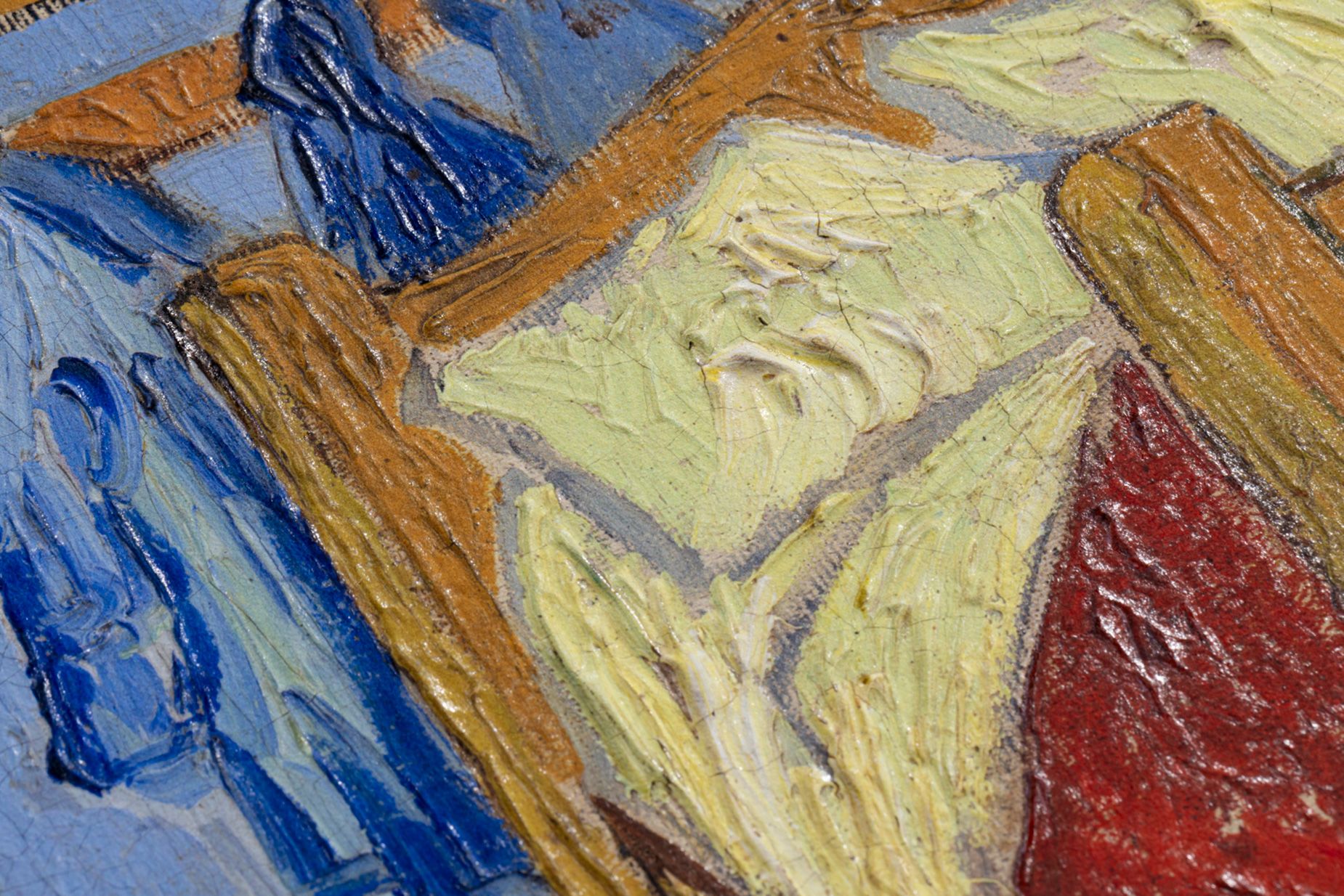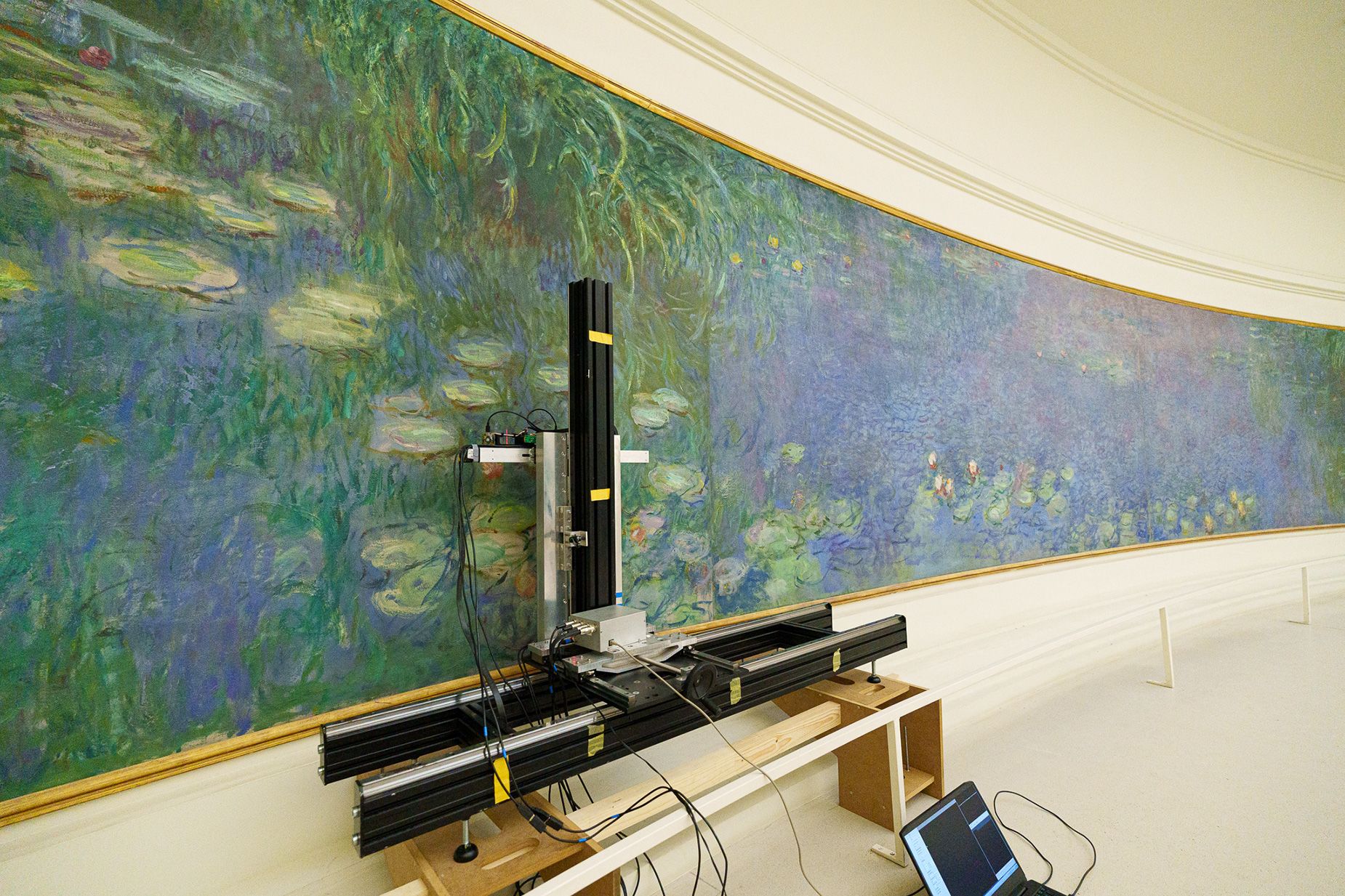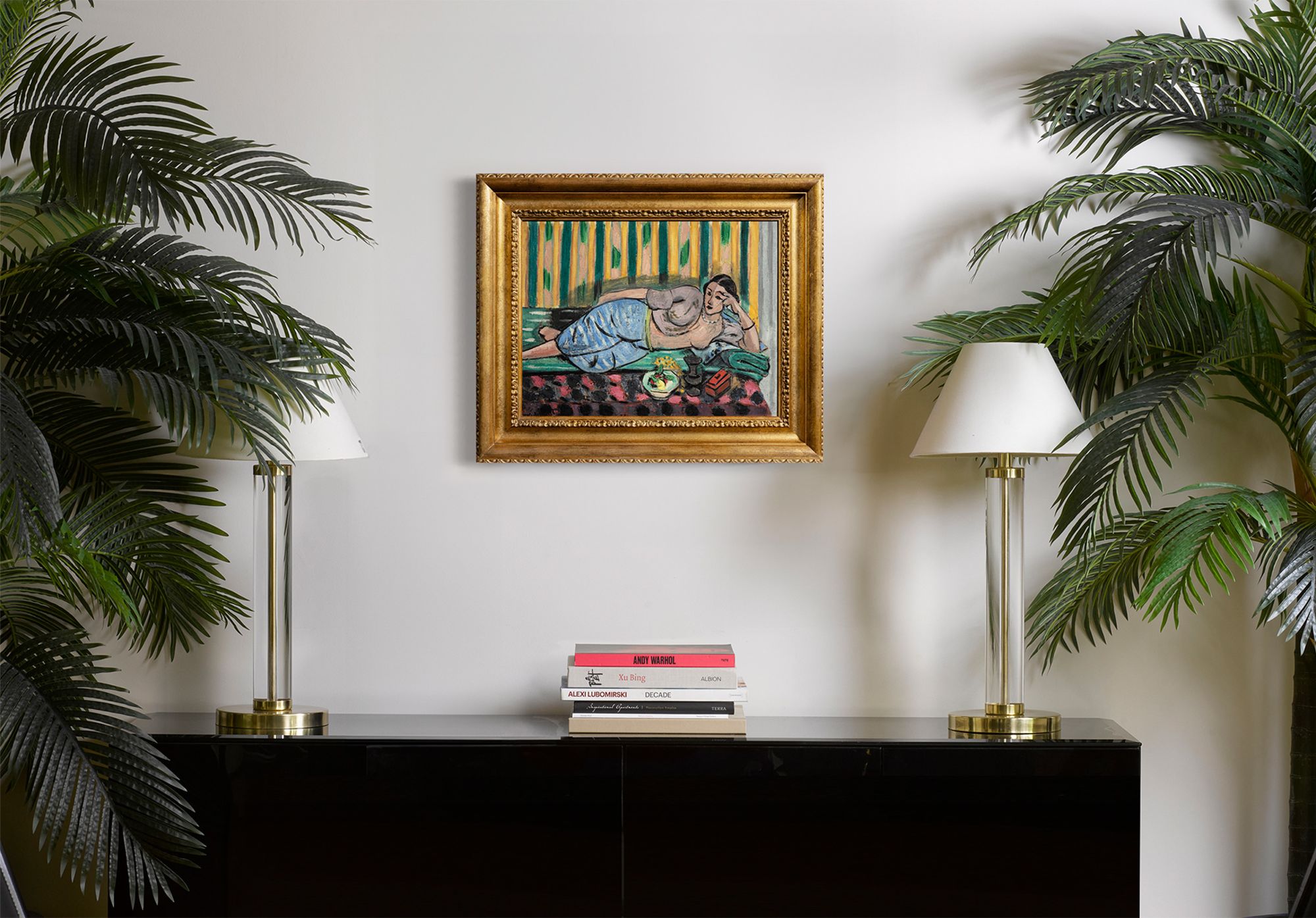Advances in laser scanning have transformed how museums research and conserve paintings by mapping the textures, colors and dimensions of their surfaces in minute detail. Now, an innovative Austrian printmaking company is using the technology — and the rich data it produces — to offer art enthusiasts the chance to “live with a masterpiece.”
Founded in 2022, Lito Masters has partnered with several major museums to carry out detailed scans of paintings by artists including Vincent van Gogh, Henri Matisse and Wassily Kandinsky. It then uses 3D-printing technology to create textured, stroke-for-stroke reproductions on canvas or paper, complete with the originals’ cracks, ridges and imperfections.
“It’s almost a clone,” the company’s co-founder, John Dodelande, told CNN on a video call. “So you observe the relief, the brushstrokes — everything.”
Billed as a new take on lithography, the limited-edition collectibles are designed to be practically indistinguishable from the masterpieces they are based on. But even to the untrained eye, there is at least one major difference: the price.
A canvas facsimile of “Bedroom in Arles” by Van Gogh, whose works have been known to fetch nine-figure sums at auction, is available for under $4,000. Elsewhere, the reproductions range in price from 450 euros ($493) for a small work on paper to 6,650 euros ($7,281) for a near-life-size canvas version of a painting from René Magritte’s “The Empire of Light” series, standing more than 4-foot-9-inches tall.
Created in batches of between 150 and 999 editions per artwork, each reproduction is accompanied with a certificate of authenticity endorsed by the museum that owns the original.

The firm’s parent company, Lito, holds the exclusive commercial license for a laser scanner usually used by art institutions for research. The scans, which were sometimes carried out on paintings as they hung on museum walls, took up to six hours per square meter (10.8 square feet), said Dodelande, adding that his team worked during closing hours.
As part of a new collaboration with the Musée de l’Orangerie in Paris, Lito Masters spent a week scanning the intuition’s collection of Claude Monet’s “Water Lilies” murals. The first offering from the partnership, launched on Tuesday, sees small portions of the soaring artworks reprinted as 900-square-centimeter (140-square inch) collectibles.
‘Making art accessible’
For museums, the commercialization of scanning technology means they can sell souvenirs boasting greater depth than a poster or high-resolution print. At the Musée d’Orsay in Paris, for instance, Lito Masters’ printed reproductions of Van Gogh works are now available for sale at the giftshop.
“We want to give the visitors the ability to bring something home — a piece of their experience,” the museum’s head of economic development, Constance de Marliave, told CNN on a video call from Paris.
Lito declined to disclose the cut museums receive from sales. But although the firm owns the scanning data, it permits the museums to use it for their own scientific research.
The partnership with the Musée d’Orsay has also seen the museum display an all-white version of Van Gogh’s “The Church in Auvers-sur-Oise” in its latest exhibition, allowing visitors to see the painting’s texture — and the artist’s technique — without the distraction of color.
“It’s about making the collection accessible in a different way,” De Marliave said.

Lito plans to partner with more museums and artists’ estates, with works by Frida Kahlo and Tsuguharu Foujita expected to be offered soon, said Dodelande. And through its Lito Editions venture, the firm is also working with contemporary artists — including Erwin Wurm, Peter Halley and Wang Guangle — to produce new works with the company’s printing technology.
Beyond research and education, Lito Masters’ head of cultural partnerships, Victoria Gandit Lelandais, envisages the reproductions one day featuring in exhibitions when the originals cannot be feasibly loaned or transported.
“A Lito could be sent to, let’s say, an artist’s retrospective, so that it’s complete,” she told CNN. “Instead of sending the original one, damaging it or paying for shipping et cetera, in the future it could be more intelligent much more intelligent and better and return investment worth to send a (printed reproduction).”

